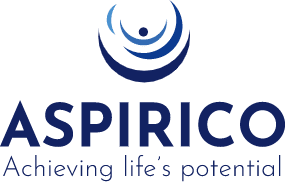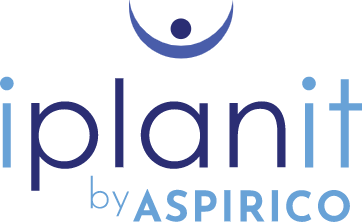Multi-Service Providers
Many iplanit customers are providers of multiple or various specialist services, benefitting from the data-driven configuration options available, allowing them to configure specialist plans for different types of services such as NDIS, Enabling Good Lives, Aged and Community Care, HCP, CHSP and Mental Health services.
For example, different plans for Intellectual Disability, Aged Care and Mental Health services. Or different plans for specific need levels – e.g. a support plan for Intellectual Disability services, with an additional specialist Positive Behaviour Support Plan for those services where this is required, or an Aged Care Plan with an additional Dementia Support Plan where required.
Additionally, iplanit optional modules include a wide range of configuration options allowing specific workflows to be incorporated, simplifying yet separating service specific processes.
How Does iplanit Work With Multi-Service Providers
-
01
Building the system around the participant started with the Person Portal, providing access and ownership of support plans and outcomes, promoting a truly inclusive approach.
-
02
The addition of external Media, such as pictures, video and sound files, allows both supporters and participants to personalise their records, make them all accessible and ‘bring it to life’.
-
03
The adaptability and configurability of iplanit means that support plans can be tailored for individual participants within a range of providers services.
-
04
The outcomes model ensures that the needs, wishes and potential of the participant are the foundation for all the support planning and risk management becomes part of the personalisation process to ensure safety whilst minimising restrictions.
Benefits Of iplanit For Multi-Service Providers:
-
Specific specialist plans for each service
-
Location based settings relevant to service type
-
Rich reporting dataset for each service
Book a Demo
See our Multi-Service Provider Software in action, book a demo today!

